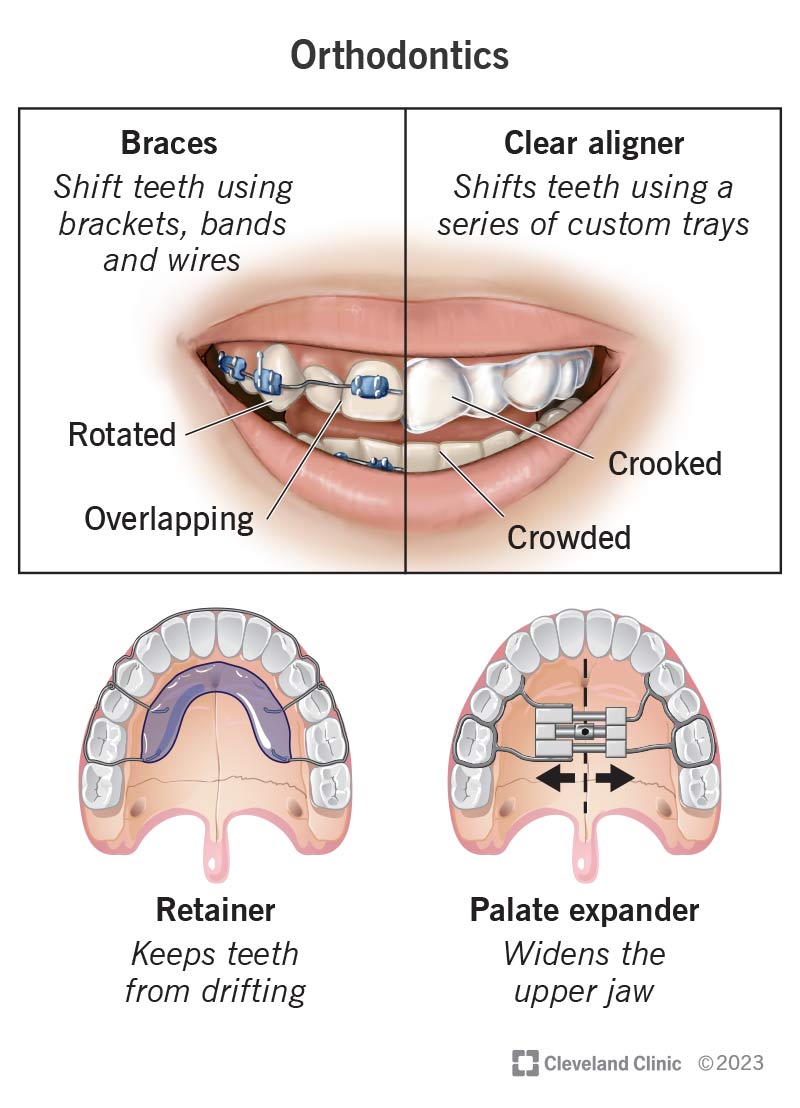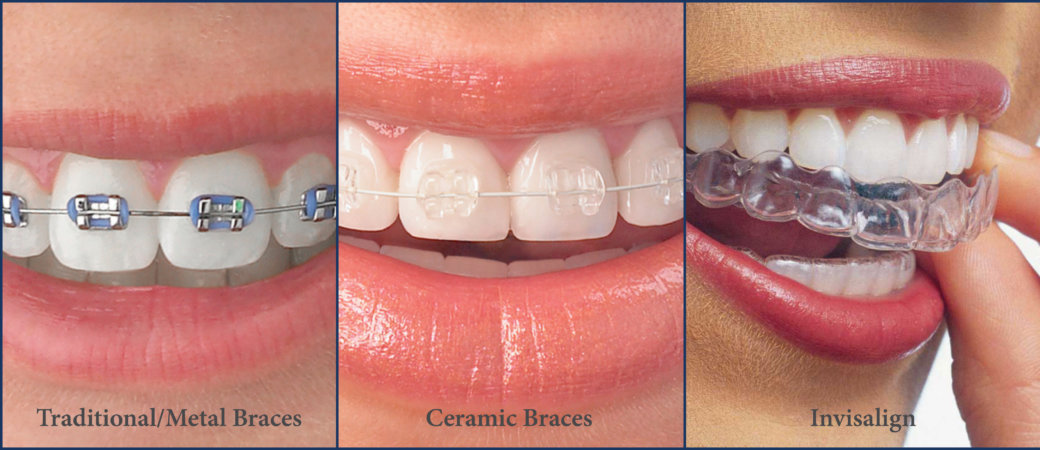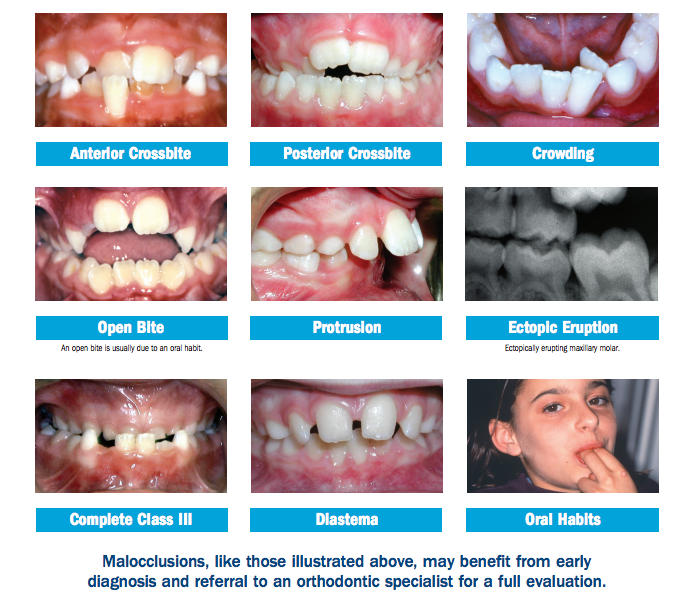4 Easy Facts About Causey Orthodontics Described
4 Easy Facts About Causey Orthodontics Described
Blog Article
The Causey Orthodontics PDFs
Table of ContentsUnknown Facts About Causey OrthodonticsTop Guidelines Of Causey OrthodonticsThe Causey Orthodontics PDFsNot known Details About Causey Orthodontics The Best Strategy To Use For Causey Orthodontics
Ignoring occlusal connections, it was normal to eliminate teeth for a range of dental concerns, such as malalignment or congestion. The idea of an undamaged dentition was not widely valued in those days, making bite relationships appear irrelevant. In the late 1800s, the principle of occlusion was necessary for creating dependable prosthetic replacement teeth.As these concepts of prosthetic occlusion progressed, it came to be an invaluable tool for dentistry. It was in 1890 that the work and influence of Dr. Edwards H. Angle started to be felt, with his payment to contemporary orthodontics specifically noteworthy. Concentrated on prosthodontics, he educated in Pennsylvania and Minnesota before guiding his interest towards oral occlusion and the treatments needed to maintain it as a regular condition, therefore becoming known as the "father of modern-day orthodontics".

The idea of suitable occlusion, as postulated by Angle and included right into a category system, enabled a change towards dealing with malocclusion, which is any type of deviation from regular occlusion. Having a complete collection of teeth on both arches was extremely demanded in orthodontic treatment because of the requirement for specific relationships between them.
Causey Orthodontics - Truths
As occlusion became the crucial concern, facial percentages and aesthetics were overlooked - best orthodontist near me. To attain suitable occlusals without using external pressures, Angle postulated that having excellent occlusion was the ideal means to obtain optimum facial aesthetics. With the passing away of time, it became rather obvious that even an outstanding occlusion was not suitable when taken into consideration from a visual perspective
Charles Tweed in America and Raymond Begg in Australia (that both examined under Angle) re-introduced dental care removal right into orthodontics throughout the 1940s and 1950s so they could boost face esthetics while additionally guaranteeing far better stability concerning occlusal partnerships. In the postwar duration, cephalometric radiography begun to be made use of by orthodontists for measuring adjustments in tooth and jaw placement triggered by growth and therapy. It came to be apparent that orthodontic therapy might adjust mandibular growth, leading to the development of useful jaw orthopedics in Europe and extraoral force procedures in the United States. Nowadays, both practical appliances and extraoral gadgets are applied around the world with the aim of modifying growth patterns and kinds. Pursuing true, or at least boosted, jaw relationships had actually become the major purpose of therapy by the mid-20th century.
Causey Orthodontics for Beginners
 The American Journal of Orthodontics was produced for this objective in 1915; before it, there were no clinical purposes to adhere to, neither any exact classification system and brackets that did not have features. Till the mid-1970s, dental braces were made by covering steel around each tooth. With advancements in adhesives, it became possible to rather bond steel braces to the teeth.
The American Journal of Orthodontics was produced for this objective in 1915; before it, there were no clinical purposes to adhere to, neither any exact classification system and brackets that did not have features. Till the mid-1970s, dental braces were made by covering steel around each tooth. With advancements in adhesives, it became possible to rather bond steel braces to the teeth.Andrews offered an insightful interpretation of the ideal occlusion in irreversible teeth. This has actually had significant impacts on orthodontic treatments that are carried out regularly, and these are: 1. Right interarchal connections 2. Proper crown angulation (pointer) 3. Correct crown inclination (torque) 4. No turnings 5. Limited contact points 6. Apartment Contour of Spee (0.02.5 mm), and based upon these principles, he discovered a treatment system called the straight-wire home appliance system, or the pre-adjusted edgewise system.
The benefit of the layout hinges on its bracket and archwire mix, which calls for just minimal cord bending from the orthodontist or clinician (Causey Orthodontics). It's aptly named after this attribute: the angle of the port and density of the brace base inevitably establish where each tooth is positioned with little demand for additional control
Causey Orthodontics Fundamentals Explained
Both of these systems utilized similar braces for each and every tooth and demanded the flexing of an archwire in three planes for locating teeth in their preferred positions, with these bends determining supreme positionings. When it involves orthodontic devices, they are divided right into 2 types: removable and fixed. Removable devices can be tackled and off by the person as called for.

Thus, mostly all modern set devices can be considered variations on this edgewise appliance system. Early 20th-century orthodontist Edward Angle made a significant contribution to the globe of dental care. He produced four unique appliance systems that have been made use of as the basis for many orthodontic treatments today, preventing a couple of exceptions.
The Greatest Guide To Causey Orthodontics

The cord ended in a thread, and to move it ahead, a flexible nut was used, which enabled a boost in circumference. By ligation, each specific tooth was attached to this expansive archwire (affordable orthodontist near me). As a result of its limited series of motion, Angle was incapable to attain precise tooth placing with an E-arch
These tubes held a soldered pin, which can be rearranged at each appointment in order to relocate them in place. Called the "bone-growing home appliance", this device was theorized to urge much healthier bone development as a result of its possibility for moving force straight to the origins. However, implementing it verified frustrating actually.
Report this page